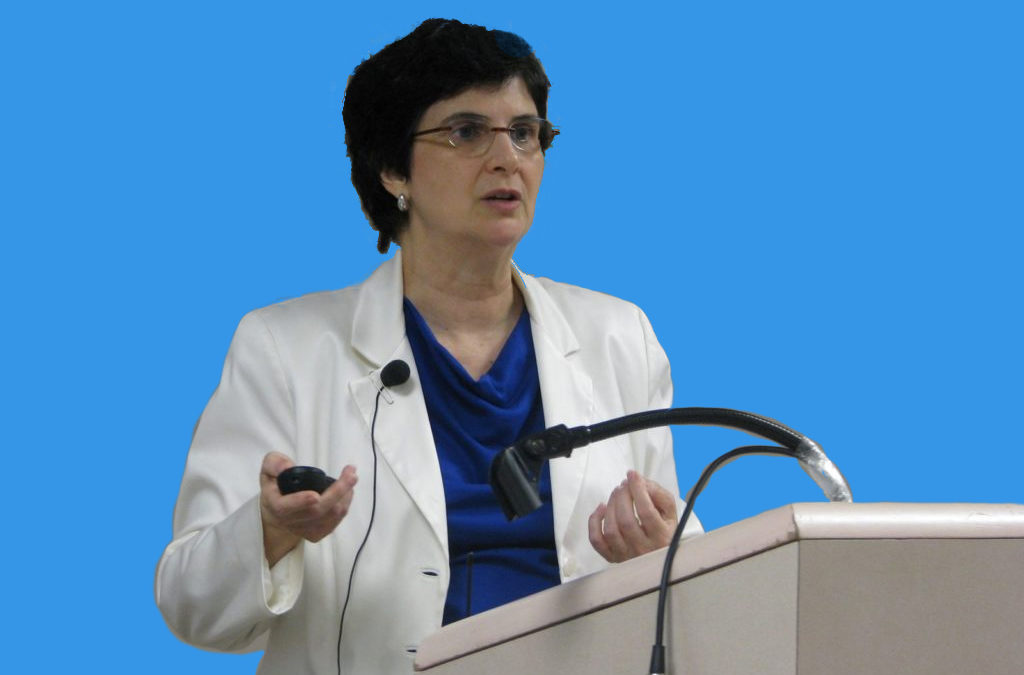Believe it or not, a mindful approach to health strengthens the very mindset used to practice the persuasion, consensus and communication skills I teach.
In a fascinating book, Counterclockwise—Mindful Health and the Power of Possibility, author Ellen J. Lange, PhD recognizes the value of conventional medical advice, but notes that, by its very nature, such advice deals in averages, to which there are always higher and lower exceptions. Sometimes advice offers little, if any, hope, as in “It’s just normal aging. Learn to live with it.”
Dr. Langer doesn’t offer false hope, but she does advocate putting one’s own ideas into the mix, not just blindly following “orders.”
She conducted a study in which elderly men from a nursing home went on a “retreat.” Most of them shuffled, limped or toddled from the building to the bus, raising concerns about whether they could get on board.
Upon arrival, the men learned that the student helpers had been called away for other duties. Dr. Langer looked for different ways the men could get their own belongings to their rooms. One might carry his suitcase a few steps at a time, resting in between. One might open his case where it was and carry small loads of contents at a time, making several trips.
You might think this experience would leave the men feeling angry and resentful. In fact, it boosted their confidence. They felt proud of this achievement.
Langer doesn’t ignore standard advice, but she does question its applicability to every person in every situation. For example, we’re often told to get enough sleep, “enough” being 7-9 hours. Langer asks, “Enough for what?” This inspired me to ask myself how do I feel after 6 hour’s sleep? How well do I function? How does my general health check out on my annual physical?
confirms my own experience. For example, when I took the RDA of a vitamin B complex, it irritated my digestive system, forcing me to discontinue the oral supplements. But I didn’t stop there. I put my thinking cap on and asked the doctor if I could inject the vitamins. Yes, I could
Many people say, “Think out of the box,” but few tell us how. Dr. Langer’s book shows us how. Look for the interests behind the apparent goal. A man on the retreat might have said what he wanted was someone to tote his suitcase. Dr. Langer looked past that idea to what the man really wanted—to get his belongings to his room. She broadened the definition of the goal, then brainstormed multiple steps toward satisfying that interest—carry the suitcase a little bit at a time, divide the belongings into small batches.
If you follow Dr. Langer’s example, not only will you enjoy improved health and physical comfort, but you will develop the very kind of thinking that enables interest-driven persuasion and consensus building. First, we identify the interests behind what people think they want.
Sam wants to sell his boat for $35,000. Beulah doesn’t want to pay more than $20,000. But why does Sam want $35,000? To buy a recreational vehicle that costs $35,000, a broader definition of his interests. What other ways might take him a step toward getting the RV? What if Beulah happens to have an RV she doesn’t use? They might simply trade the boat for the RV.
What if Beulah doesn’t have an RV to trade? Why does Sam want an RV? He wishes to travel overland, economically, and see the sights—an even broader definition. Perhaps Beulah has some timeshares she could transfer to him, along with $20K. Read about my what-would-Spiderman-do technique for thinking out of the box in Bridges to Consensus, p. 114.
Unfortunately, modern technology leads people away from thinking out of the box, or even thinking at all. It’s so easy to let machines do the thinking for us. A whole generation who grew up texting and using social media lacks the experience we older folks possess of slowing down, having mindful conversations.
Long ago I read that the average college student’s attention span was about 20 minutes. Attention spans did not improve when the very best professors and the very best students were paired up. I develop my class materials to shift gears about every 20 minutes.
A recent study summarized in Psychology Today [1] states that “young adult students can maintain focus on important work only for about 2 to 4 minutes” before checking messages and social media. What’s worse, it can take up to 20 minutes to get back on task. Older adults don’t do much better.
I sometimes wonder if, given that the skills I teach require focus for longer periods of time, my work might, eventually, go the way of the dinosaurs.
Fortunately, older adults who have become text-addicted, have also experienced sustained, full-attention, meaningful dialogs in their youth. We can remember the value of these dialogs, make time to set aside the electronic devices and engage in at least a few such conversations per week to keep up our skills.
How can we help younger people experience for themselves the payoffs that come from investing in such dialogs? I read of a pizza parlor in which any group of four or more patrons willing to turn off their phones while dining receives a free pizza on their next visit. That’s the key to motivating younger people to value and learn quality interactional skills—give them a payoff for trying them, or build fun into their first attempts.
What will you do to maintain or learn focused conversational skills and model them for others?
____________________
[1] Jena Pincott, “Lessons You Won’t Learn in School,” June 2018, p. 48.]

